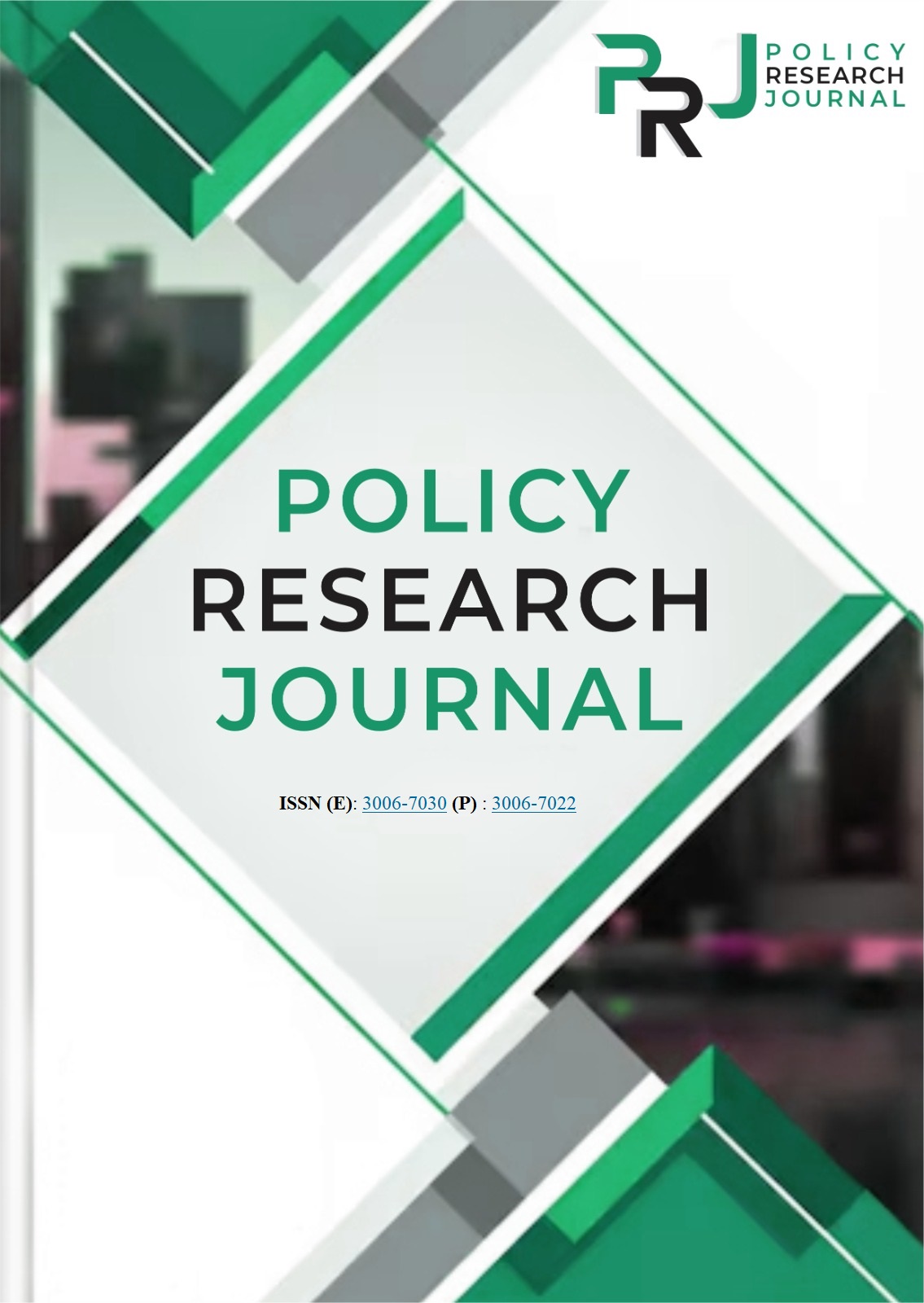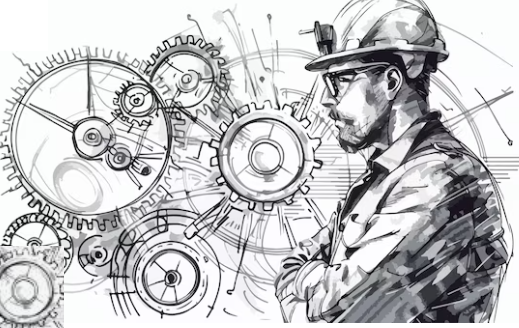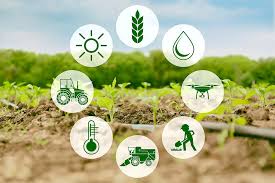ECONOMIC ISSUES IN ASIAN RICE-WHEAT CROPPING SYSTEMS
Keywords:
Rice-Wheat, Economic Challenges, Resources Conservation, Food Security, Environmental Stability, Global DemandAbstract
The rice-wheat cropping system (RWCS) is a cornerstone of agriculture and food security in South Asia, spanning approximately 13.5 million hectares across India, Pakistan, Bangladesh, and Nepal, and feeding over 3.1 billion people. Despite its critical role, RWCS faces significant sustainability and economic challenges including stagnant yields, soil degradation, water scarcity, pollution, and climate change impacts. Traditional practices such as puddling and excessive fertilizer use have contributed to soil health decline and increased greenhouse gas emissions. Socioeconomic factors, rising input costs, and labor shortages further threaten profitability and productivity. Research highlights the potential of resource-conserving technologies (RCTs) such as zero tillage, direct-seeded rice, crop residue management, and conservation agriculture (CA) to improve yields, reduce environmental footprints, and enhance economic returns. For example, long-term studies show CA systems surpass conventional tillage in productivity and net returns after initial adaptation periods. Crop diversification with legumes and maize, improved irrigation management, and integrated nutrient management are also promising strategies to enhance system resilience and sustainability. However, barriers such as farmer hesitancy, small landholdings, and limited access to technology hinder widespread adoption. Addressing these challenges requires integrated, site-specific approaches that consider socio-economic and agro-ecological conditions. Innovations like dry-seeded rice, precision irrigation, and agronomic biofortification offer additional avenues to improve resource use efficiency and food security. Overall, sustainable intensification and policy support are essential to maintain the RWCS’s vital role in regional food security while conserving natural resources and mitigating climate risks.

















